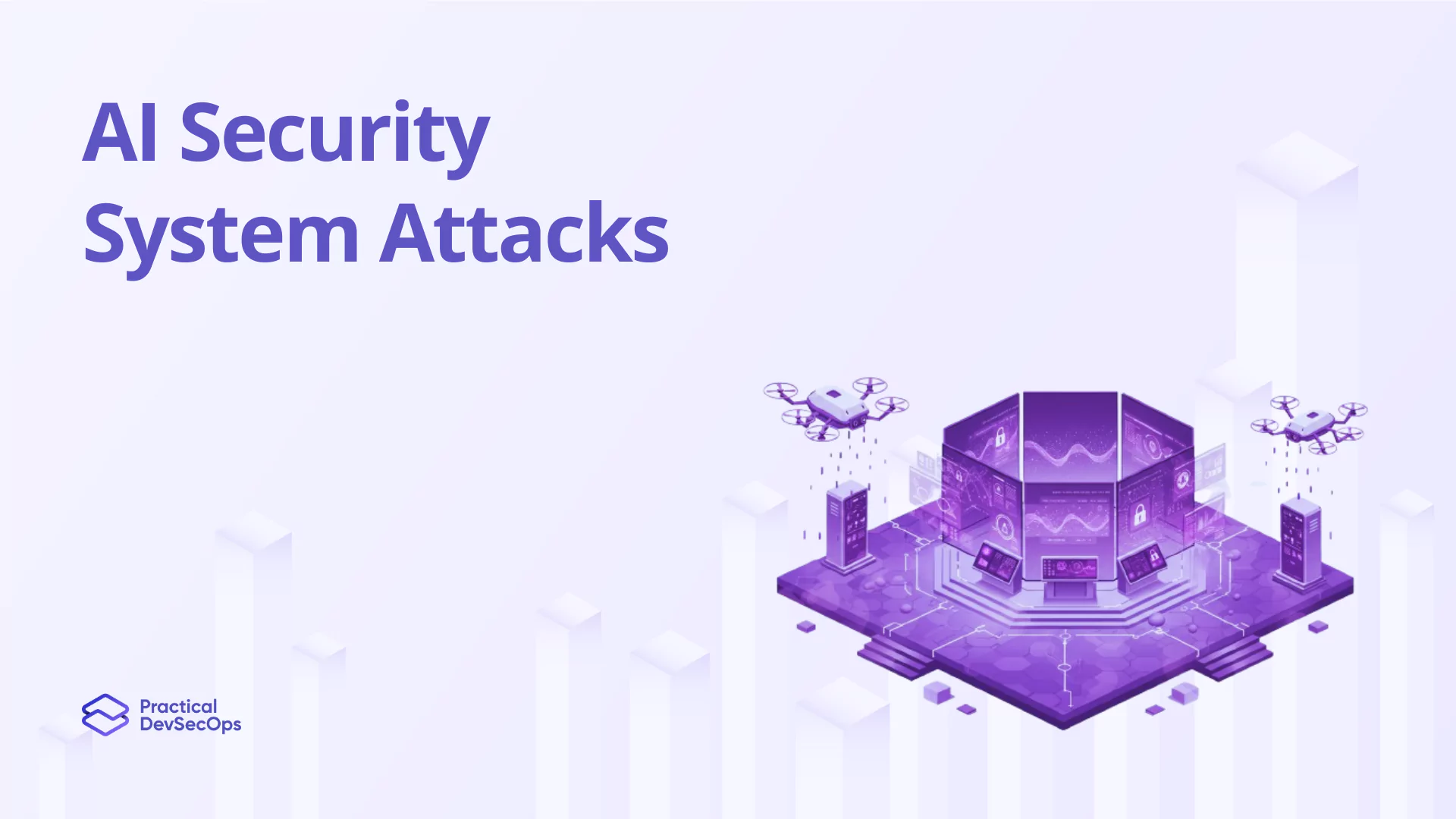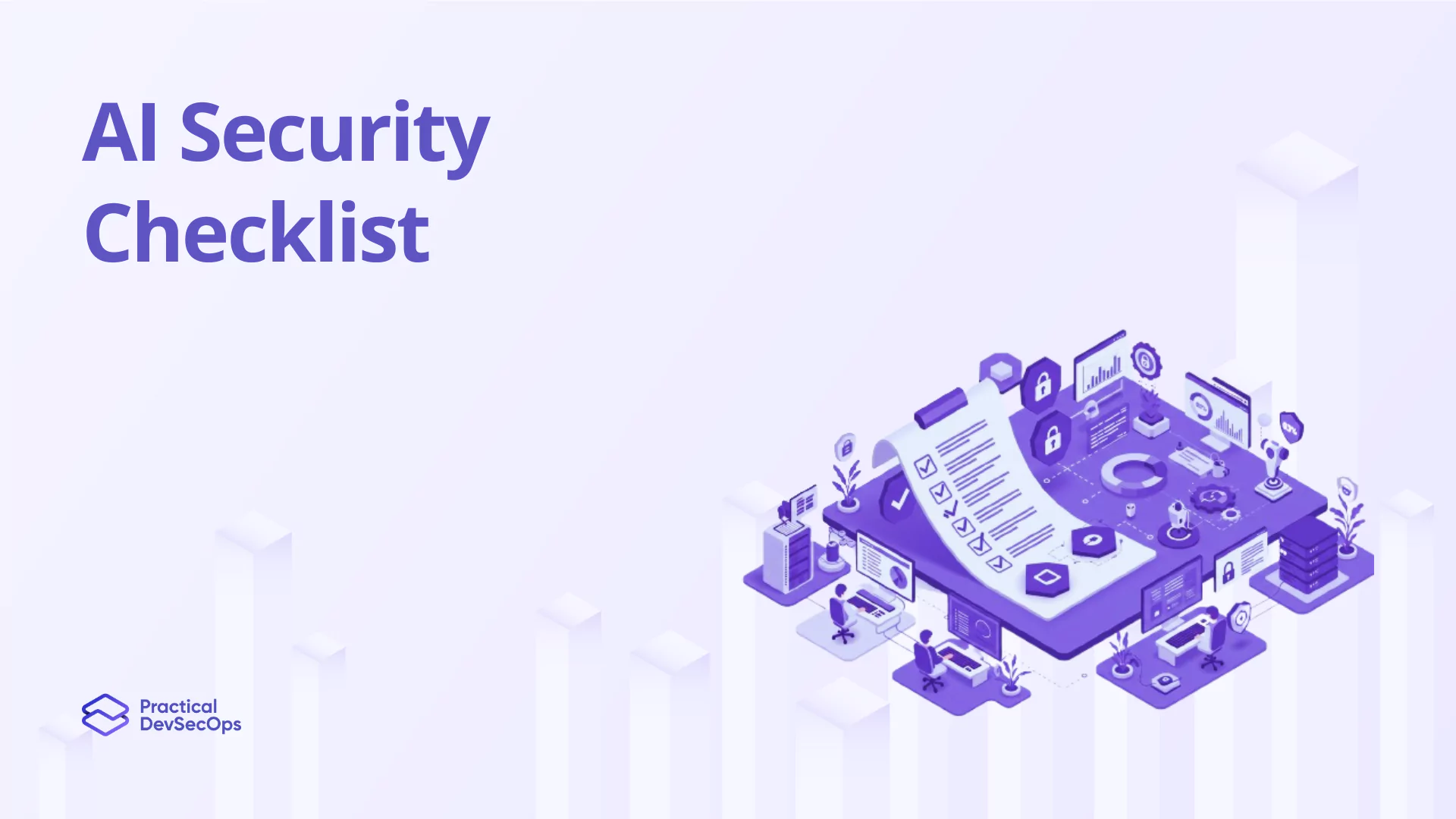The software supply chain has emerged as a critical target for cyber threats. Leveraging Cyber Threat Intelligence (CTI) can significantly enhance the security posture of an organization’s software supply chain. This guide delves into the role of CTI, its importance, and how it can be effectively utilized to safeguard software supply chains from emerging threats.
Understanding Cyber Threat Intelligence (CTI)
Cyber Threat Intelligence (CTI) involves the collection, analysis, and dissemination of information about potential or existing threats to an organization’s assets. This intelligence helps in understanding the tactics, techniques, and procedures (TTPs) used by adversaries, enabling proactive measures to mitigate risks.
Also read about the Applications of Software Supply Chain Security
Importance of Cyber Threat Intelligence in Software Supply Chains
The software supply chain is a complex ecosystem involving multiple stakeholders, from developers to third-party vendors. Each link in this chain presents a potential vulnerability that cyber adversaries can exploit. By integrating CTI, organizations can gain insights into these vulnerabilities, anticipate threats, and enhance their defensive strategies.
Also read about the Role of Software Bill of Materials (SBOM) in Supply Chain Security
Types of Cyber Threat Intelligence
Strategic Intelligence
Strategic intelligence provides a high-level overview of the threat landscape, focusing on long-term trends and patterns. It helps senior management and decision-makers understand the broader implications of cyber threats and shape security policies accordingly.
Tactical Intelligence
Tactical intelligence focuses on the immediate TTPs used by adversaries. This type of intelligence is crucial for operational teams to understand specific threats and develop countermeasures.
Operational Intelligence
Operational intelligence bridges the gap between strategic and tactical intelligence, offering actionable insights for day-to-day security operations. It helps in prioritizing threats and streamlining incident response efforts.
Technical Intelligence
Technical intelligence involves detailed information about the tools and infrastructure used by cyber adversaries. This includes malware analysis, indicators of compromise (IOCs), and other technical data that security teams can use to strengthen defenses.
Also read about the Best Software Supply Chain Security Tools
How Cyber Threat Intelligence Enhances Supply Chain Security?
Identifying Vulnerabilities
CTI helps in identifying vulnerabilities within the software supply chain by providing insights into potential weak points. This proactive approach allows organizations to address vulnerabilities before they can be exploited.
Predicting Threats
By analyzing threat trends and patterns, CTI enables organizations to predict future threats. This foresight allows for the implementation of preemptive measures, reducing the likelihood of successful attacks.
Improving Incident Response
CTI provides critical information that enhances incident response efforts. With detailed threat intelligence, security teams can respond more effectively and efficiently to incidents, minimizing damage and recovery time.
Also read about the Software Supply Chain Security Strategies
Key Components of a Cyber Threat Intelligence Program
Data Collection and Analysis
Effective CTI programs rely on robust data collection and analysis mechanisms. This involves gathering data from various sources, including threat feeds, open-source intelligence (OSINT), and proprietary tools, and analyzing it to extract meaningful insights.
Threat Hunting
Threat hunting involves actively searching for threats within the organization’s environment. CTI provides the necessary context and indicators to guide threat hunters in identifying and mitigating threats.
Integration with Existing Security Measures
Integrating CTI with existing security measures, such as SIEM systems, firewalls, and intrusion detection systems, enhances their effectiveness. This integration ensures that intelligence-driven decisions are made across the security infrastructure.
Also read about the Building a Resilient Software Supply Chain Security
Building an Effective CTI Team
Roles and Responsibilities
An effective CTI team comprises various roles, including threat analysts, intelligence collectors, and incident responders. Each role has specific responsibilities, contributing to a comprehensive intelligence capability.
Training and Skill Development
Continuous training and skill development are crucial for CTI teams to stay abreast of evolving threats and intelligence methodologies. Regular workshops, certifications, and hands-on exercises help in maintaining a high level of competency.
Also read about our Top 25 Software Supply Chain Security Interview Questions and Answers
Leveraging Advanced Tools and Technologies for CTI
AI and Machine Learning in CTI
AI and machine learning play a pivotal role in modern CTI programs. These technologies can analyze vast amounts of data quickly, identify patterns, and provide predictive insights, enhancing the overall efficiency and accuracy of threat intelligence.
Automation and Orchestration
Automation and orchestration streamline CTI processes, from data collection to incident response. Automated tools can handle routine tasks, allowing intelligence analysts to focus on more complex and strategic activities.
You can also Download our Free PDF Safeguarding Software Supply Chains in the Digital Era
Collaboration and Information Sharing
Internal Communication Strategies
Effective internal communication ensures that CTI insights are disseminated across the organization. Regular briefings, reports, and collaboration platforms facilitate the sharing of intelligence and enhance overall security awareness.
Sharing Intelligence with Partners and Industry Groups
Collaboration with external partners and industry groups enhances the effectiveness of CTI. Sharing intelligence helps in building a collective defense against common threats and fosters a proactive security culture.
Common Challenges in Implementing CTI
Implementing CTI comes with challenges such as resource constraints, data overload, and integration complexities. Recognizing and addressing these challenges is essential for building an effective CTI program.
Overcoming Challenges in CTI Implementation
Overcoming CTI implementation challenges requires a strategic approach, leveraging technology, and continuous improvement. Solutions include automating routine tasks, prioritizing intelligence efforts, and fostering a collaborative security environment.
Regulatory and Compliance Considerations
Compliance with regulatory requirements is a critical aspect of CTI. Organizations must ensure that their CTI programs adhere to industry standards and legal obligations to avoid penalties and maintain trust.
Also read about Evaluating and Mitigating Software Supply Chain Security Risks.
Best Practices for Leveraging Cyber Threat Intelligence in Software Supply Chain Security
Adopting best practices is crucial for leveraging CTI effectively. This includes regular training, continuous monitoring, leveraging advanced tools, conducting post-incident reviews, and updating the CTI program based on lessons learned.
FAQs
What is cyber threat intelligence (CTI)?
Cyber threat intelligence involves collecting, analyzing, and disseminating information about potential or existing threats to an organization’s assets.
Why is CTI important for software supply chain security?
CTI provides insights into vulnerabilities and threats within the software supply chain, enabling proactive measures to mitigate risks and enhance security.
What are the different types of CTI?
CTI is categorized into strategic, tactical, operational, and technical intelligence, each serving different purposes in threat identification and response.
How does CTI enhance incident response?
CTI provides critical information that improves incident response by enabling quicker and more effective detection, analysis, and remediation of threats.
What are common challenges in implementing CTI?
Challenges include resource constraints, data overload, and integration complexities. Addressing this requires a strategic approach and leveraging technology.
Also read about the Software Supply Chain Security Issues and Countermeasures
Conclusion
Leveraging cyber threat intelligence is essential for securing the software supply chain against evolving cyber threats. By understanding the types of CTI, building an effective CTI program, and adopting best practices, organizations can enhance their resilience and protect their assets more effectively. Staying informed about future trends and continuously improving CTI efforts will ensure robust security and operational stability.
Become a software supply chain security expert with Practical DevSecOps‘ CSSE course. Gain essential skills to advance your career. Enroll today!
Also read about the Managing Vendors for Software Supply Chain Security







0 Comments